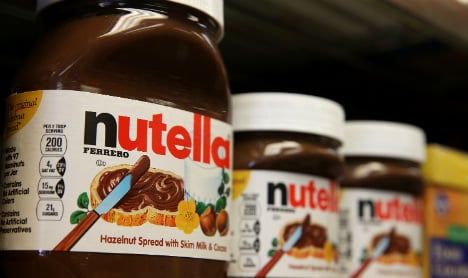The “Make Me Yours” promotion for Nutella, which began last week in Australia, asked participants to avoid creating labels which were “obscene, offensive, inappropriate or unsuitable for minors”.
But the promotion did not appear to take into account the Australian sense of humour.
“Although some people have chosen to use the campaign as an opportunity to create and post less than appropriate images online, most consumers have embraced it in the manner it was intended,” Ferrero Australia said in a statement.
The promotion has seen people post images of their labels on social media, and they range from those related to other products, like “vegemite”, to those which note the spread's potential to be harmful to those with nut allergies – “epipen” and “allergen”. Other designs include labels that read “fatkidz” and “regret”.
Pundits were divided on whether the campaign was a success but even as they mocked the labels, Australians were buying the product, with only those who purchased a specially-marked 750-gram or one-kilogramme jar able to participate.
“Brilliant work by this agency. Probably banking on people being inappropriate and it going viral in the aftermath…no publicity is bad publicity,” wrote one online commentator on a marketing website.
The global popularity of the Italian spread saw a German inventor come up with a way to protect Nutella jars from potential thieves. “Nutella Locks” were created by Daniel Schobloch; an idea so successful the first 1,000 models sold out on eBay.
But Nutella has also caused controversy, as the production of a key ingredient, palm oil, has been blamed for deforestation.
France’s ecology minister, Ségolène Royal, said in June that people should stop eating Nutella in order to protect the environment. But she was forced to back down and apologize after her Italian counterpart, Gian Luca Galletti, told her to leave Italian products alone.




 Please whitelist us to continue reading.
Please whitelist us to continue reading.
Member comments